Whether you’re rocking a beastly setup or something more modest, user choice is always nice to have on PC. The rise of upscaling and recontruction techniques always helps with clawing back performance regardless of your hardware. Luckily, Ghostwire: Tokyo supports both Nvidia’s and AMD’s performance enhancing solutions.
Meanwhile the PlayStation 5 version of Ghostwire: Tokyo offers a healthy amount of performance options for a console, PC users benefit from the inclusion of AMD FidelityFX Super Resolution and Nvidia Deep Learning Super Sampling in addition to the expected tweakable graphics settings.
Technically speaking, DLSS offers the best bang for your buck in terms of its visual output and performance gain. It draws upon a neural network of information that is constantly improving, with those improvements rolling out across updates, with DLSS currently on version 2.3. However, the downside is that its AI reconstruction hinges upon the RTX cards’ tensor cores. This means it’s unusable to any other class of GPU, even Nvidia’s own GPUs.
AMD FSR doesn’t offer the same results because it uses a much simpler spatial upscaling method. The visual output varies from game to game, but on the plus side, FSR can be enabled on any GPU. This goes for whether you’re on team AMD or Nvidia.
Both of these methods will come in especially handy because just like the PS5 version, Ghostwire: Tokyo utilizes ray-tracing. In this case, the PC version offers both ray-traced reflections and ray-traced shadows.

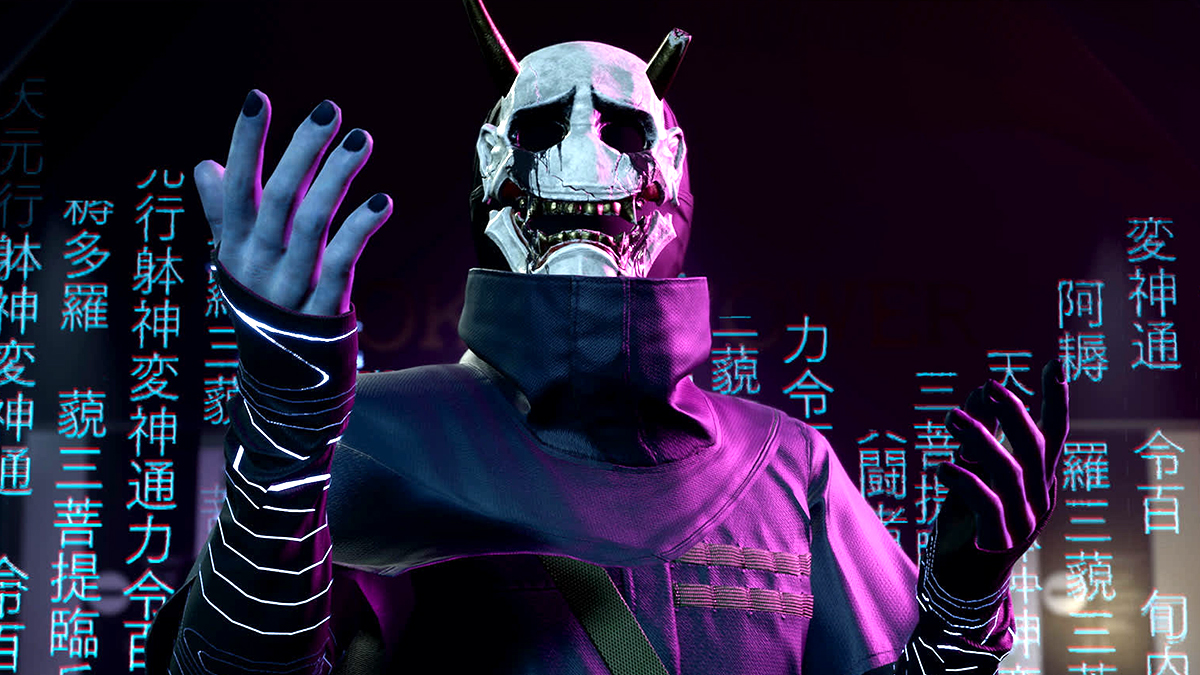
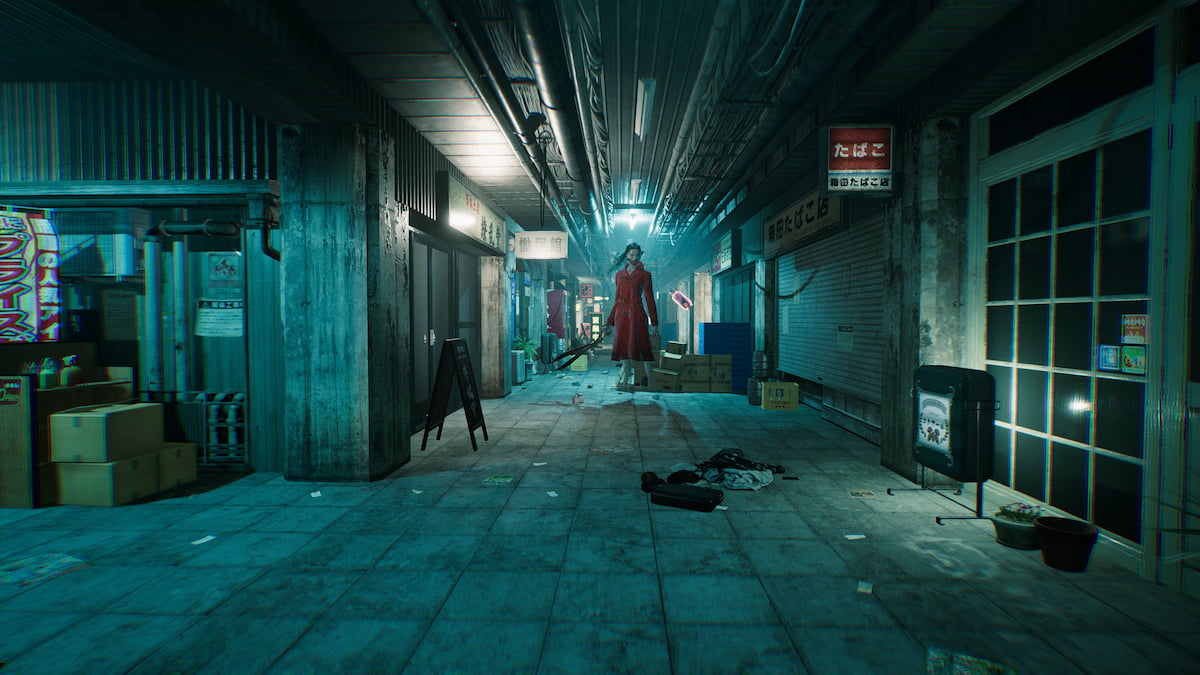
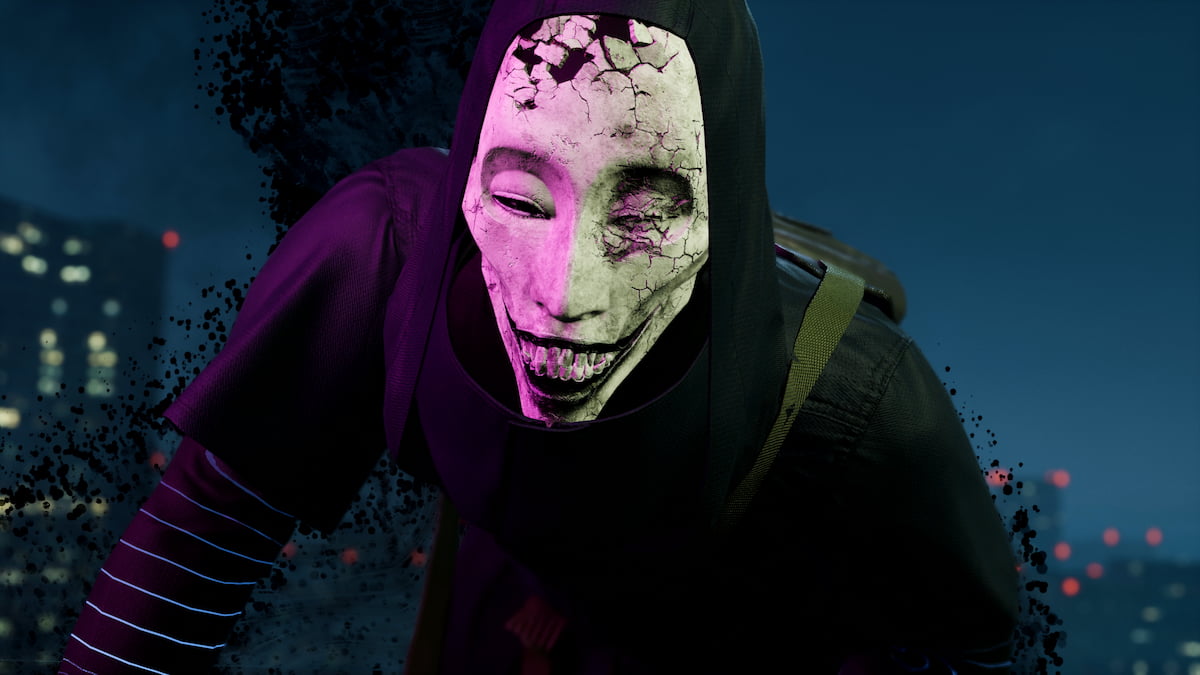
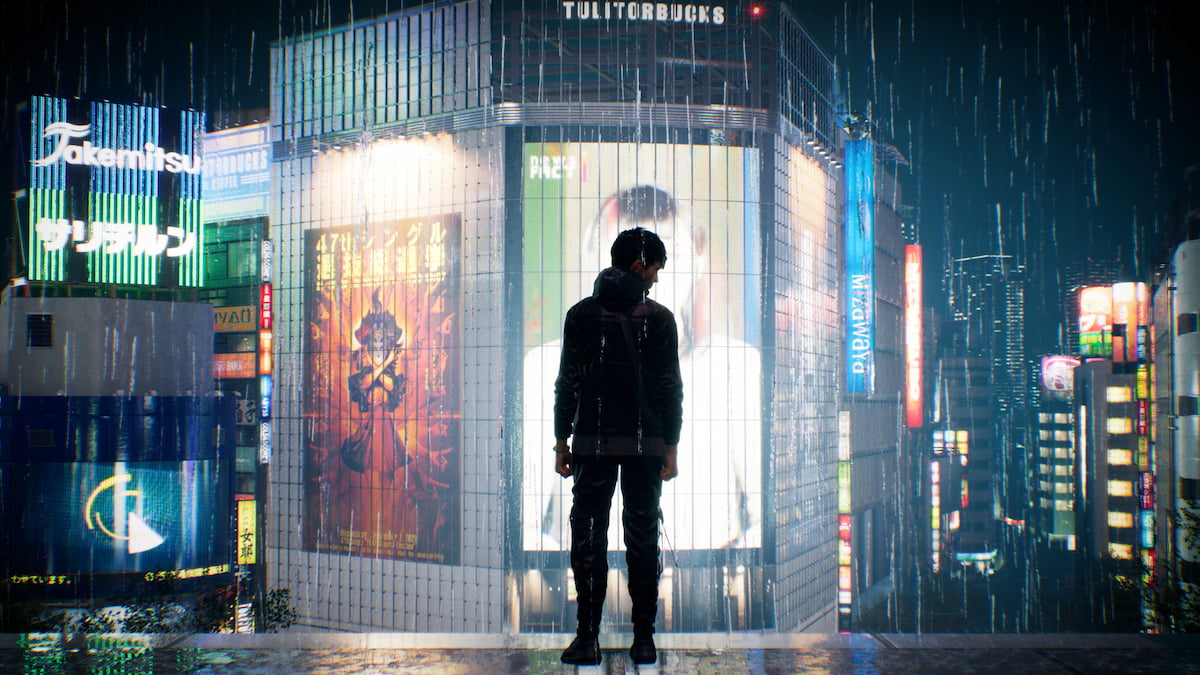
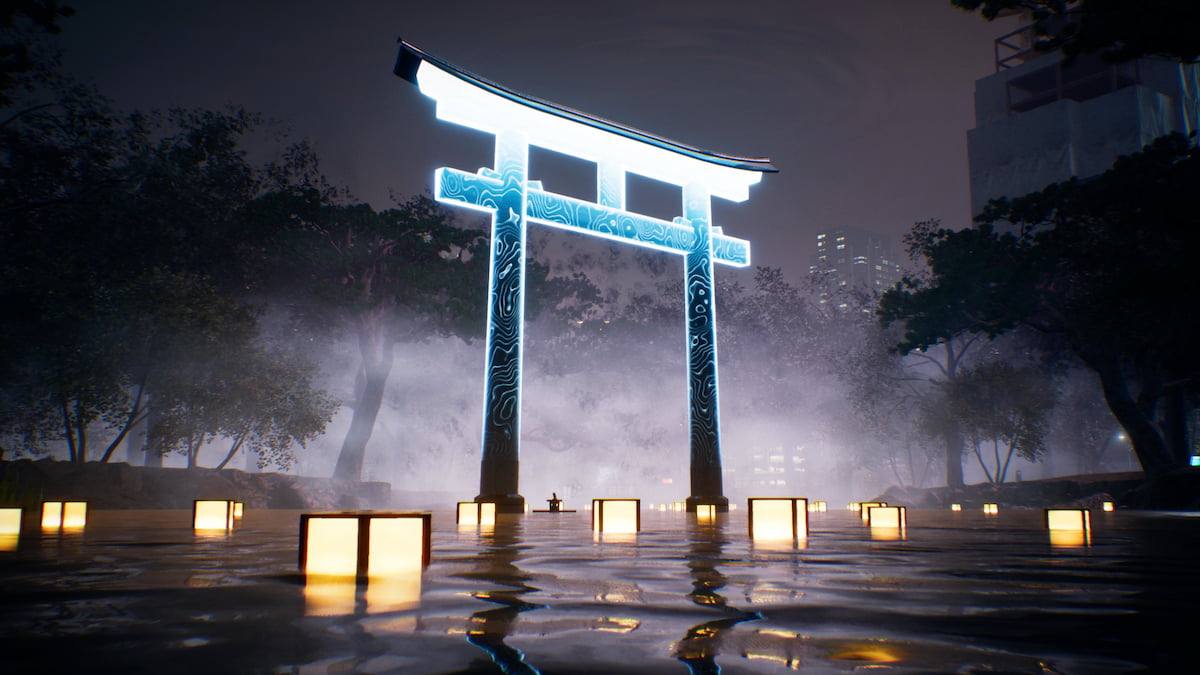
Published: Mar 15, 2022 02:40 pm